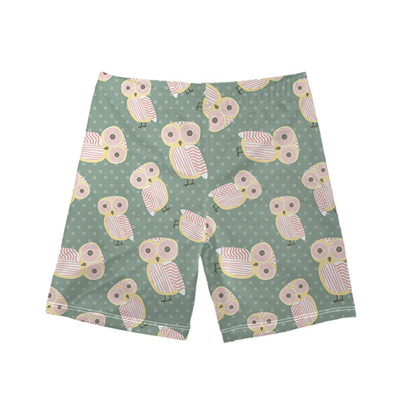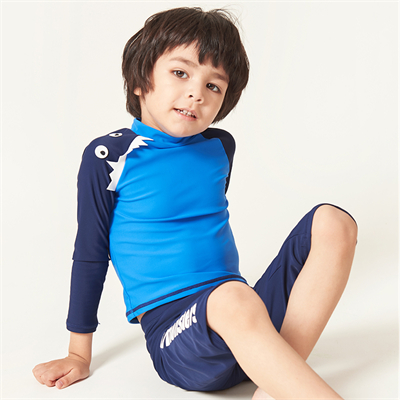1. One-Piece Swimsuits for Women:
- One-piece swimsuits are a versatile choice for most water sports. They provide better coverage and stay in place during vigorous activities.
- Look for styles with secure straps and good bust support.
- Opt for high-cut leg openings to ensure freedom of movement.
2. Sporty Bikinis for Women:
- Some women prefer bikinis for water sports, especially if they offer good coverage and support.
- Choose bikini tops with secure straps and bottoms with a snug fit.
- Look for sporty, athletic styles designed for active use.
3. Rash Guards:
- Rash guards are excellent for water sports that involve a lot of paddling, like surfing, paddleboarding, and kayaking.
- They provide sun protection and reduce the risk of skin irritation from friction.
- Select rash guards made from quick-drying and stretchy materials.
4. Board Shorts for Men:
- Board shorts are a popular choice for men engaged in water sports due to their durability and comfort.
- Look for board shorts with secure waistbands and functional pockets.
- Choose a length that suits your preference, but many opt for mid-thigh or knee-length styles.
5. Performance Swim Trunks for Men:
- Performance swim trunks are designed for active water sports. They are typically shorter and offer better freedom of movement.
- Look for trunks with a drawstring or elastic waistband for a secure fit.
- Choose materials that dry quickly and provide UV protection.
6. Proper Fit:
- Ensure that your swimwear fits snugly but not too tight. Loose-fitting swimwear can create drag and discomfort during water sports.
- Consider stretchy fabrics that allow for a wide range of motion.
7. Durability:
- Water sports can be hard on swimwear due to constant exposure to sun, saltwater, and chlorine. Choose swimwear made from durable, chlorine-resistant materials.
8. Sun Protection:
- Water sports often involve prolonged sun exposure. Select swimwear with built-in UPF (Ultraviolet Protection Factor) for added sun protection.
9. Secure Fastenings:
- Ensure that any straps, ties, or closures are secure to prevent your swimwear from coming off during strenuous activities.
10. Water-Draining Features: – Some swimwear is designed with water-draining features like mesh lining or drainage holes to prevent water from pooling.
11. Consider the Activity: – Think about the specific water sport you’ll be participating in. For example, surfers often choose snug-fitting neoprene wetsuits for colder water, while swimmers may opt for sleek, hydrodynamic suits.
12. Safety Considerations: – For activities like scuba diving or snorkeling, consider wearing a wetsuit or a rash guard for protection against jellyfish stings and other potential hazards.
Ultimately, the best swimwear for water sports will depend on the type of activity, your personal preferences, and your comfort and safety needs. Be sure to try on different styles and test their performance in the water before committing to one. Prioritize comfort, mobility, and durability to enjoy your water sports activities to the fullest.
























